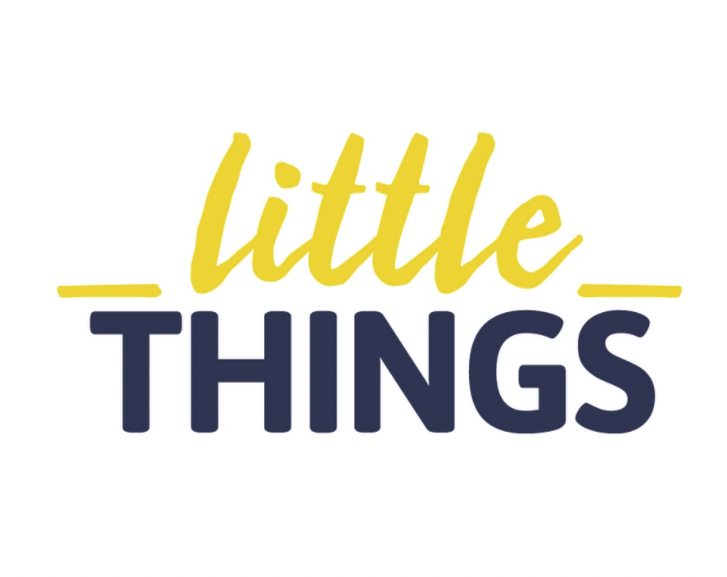
How many million-dollar businesses have been built off of Facebook, Amazon, Shopify, or YouTube?
Many!
One of them is LittleThings, a female-focused feel-good entertainment company.
However, its dependence on Facebook was their ruin.
In 2018, LittleThings was generating $75 million a year in revenue, had 110 employees, and an OTT (over the top) streaming channel.
The business was built on the back of Facebook’s amazing reach, and at their peak they had:
- 20 million social media followers.
- 15 million live programming views per month.
- 900 million video views per month.
Then in 2018, a major Facebook algorithm change happened.
Previous changes didn’t impact LittleThings.
But Facebook decided that they didn’t like feel-good fluffy content anymore, that they wanted to prioritze actual news. And Facebook said that LittleThings had to pay for eyeballs.
90% of Little Things organic traffic was slashed.
Running paid campaigns to get their old traffic back would have destroyed margins.
And without Facebook’s organic reach, they couldn’t afford to pay their staff and the New York office lease anymore.
Why didn’t they put their eggs in other baskets?
Like most businesses that are aware of their concentration risk, they tried to diversify. But there weren’t any real alternatives at the time.
They tried YouTube, email, Pinterest, and OTT.
But none of them gave LittleThings the insanely large reach that Facebook gave them.
Even when you try to diversify, you sometimes find that one channel barely moves the needle so the incentive is to keep prioritizing the one making virtually all of the revenue.
It’s a sad business story. But there is a lesson you can bring home.
It’s probably not the first time you hear this. Yet still, many businesses make the same mistake.
It’s okay to leverage one platform as an acquisition channel and even go deeper into it if it’s working.
But at the same time you should create a direct connection with your audience. Many content businesses – and other types of businesses – use the strategy of converting their audience from public platforms (Twitter, Google properties (search, YouTube), Pinterest, LinkedIn) to private platforms that they can control like email and text/SMS.
Sometimes it’s not possible. And so many things depend on the business itself in determining how well you can create a sticky audience that you can resell to over and over again. But at least you should try.


![Backwards 3: How to Type "Ɛ" [EASY]](https://softwareblade.com/wp-content/uploads/2022/02/Screen-Shot-2022-02-19-at-9.03.25-PM-150x150.png)